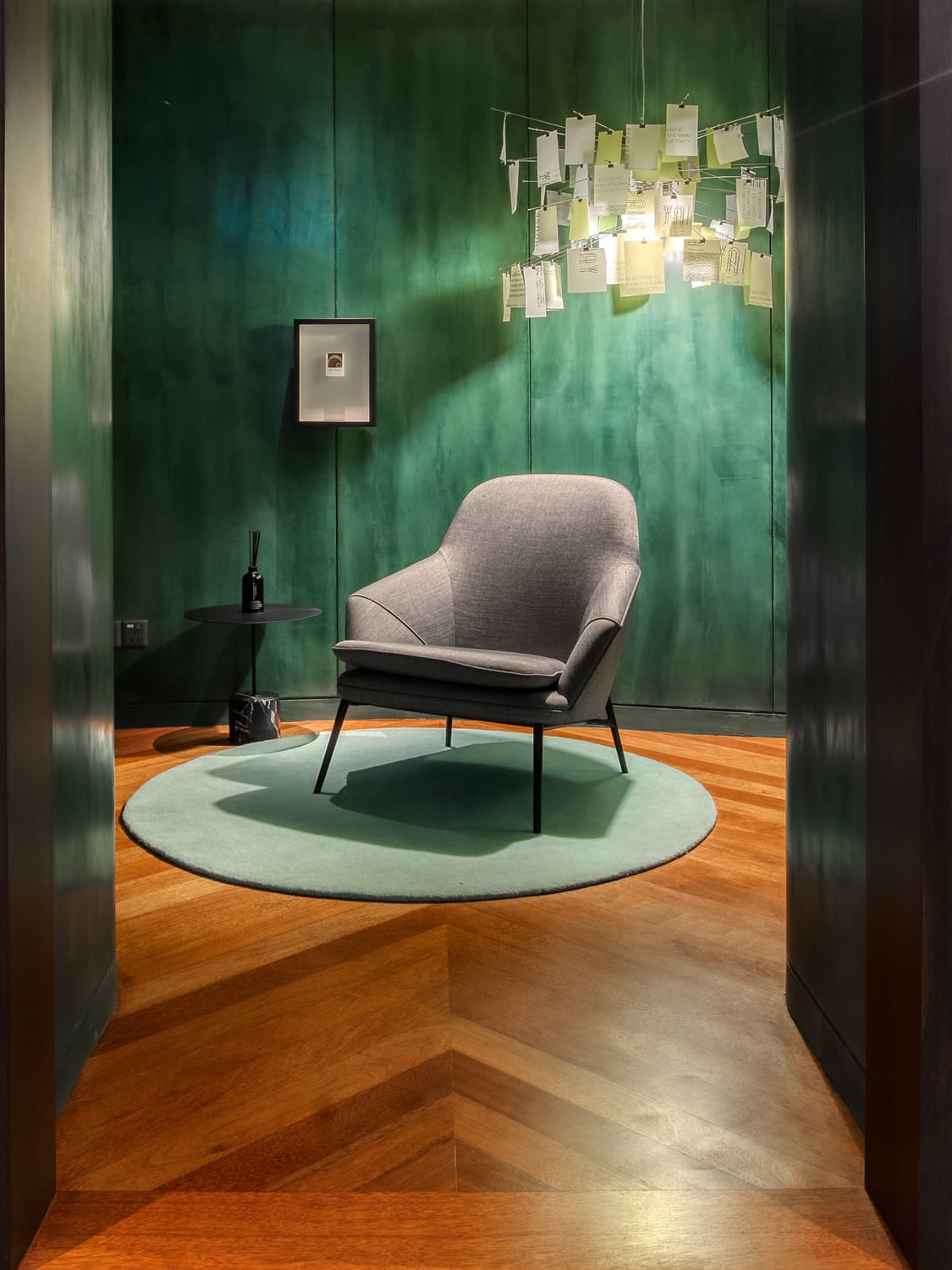Meet the man behind Malaysia’s chicest boutique luxury service office, Yap Ah Shak House
Anton Syazi Ahmad Sebi, the brains of Yap Ah Shak House, on why this boutique luxury service office is Kuala Lumpur’s best address for business.
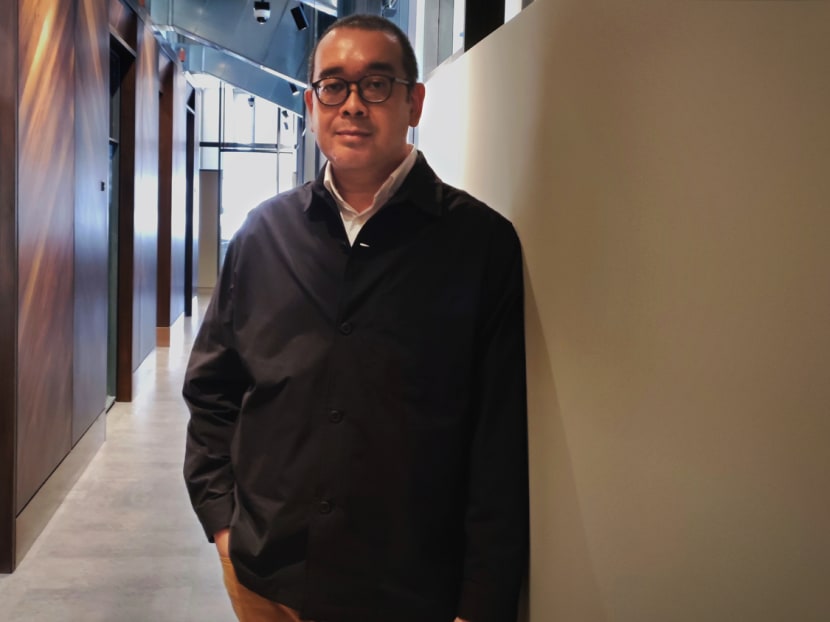
Anton Syazi Ahmad Sebi is the group executive deputy chair of public-listed conglomerate Advance Synergy Bhd (ASB). (Photo: Anton Syazi Ahmad Sebi)
How we work has changed drastically in the last five years, with the pandemic impacting this further. What constitutes “the office” has also evolved in definition, and many of us would say for the better. In Kuala Lumpur (KL), Malaysia, where office towers continue to mushroom, Yap Ah Shak House, on the fringe of the city’s golden triangle, is a unique proposition. Set in a six-storey building in the heritage enclave of Jalan Kamunting with an elegant facade sporting black shutters, Yap Ah Shak House is a boutique luxury serviced office positioned as KL’s answer to Soho House.
Group executive deputy chair of public-listed conglomerate Advance Synergy Bhd (ASB) Anton Syazi Ahmad Sebi, is the brains behind this well-appointed space and was inspired to provide a similar venue in Malaysia after being involved in developing a boutique serviced office in Central London.
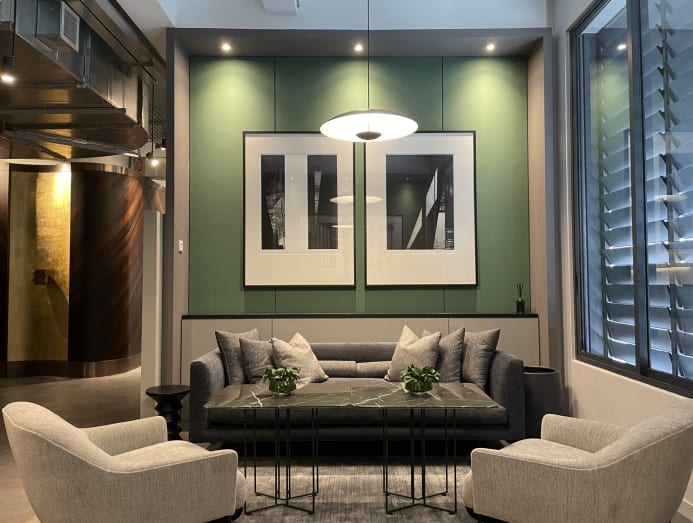
“From my experience in London, I saw how a well-located and well-designed service office product that delivers a premium boutique hospitality customer experience can attract a good mix of members to generate a strong asset yield,” stated Anton. “Especially if it complements what is being offered by franchise operators like WeWork, Regus and The Office Group ‒ offering an unbranded address that is a cosier and more personal alternative for established professional consultancies to call home – where you can expect the type of thoughtful, personal service and care you would receive as a guest in an outstanding boutique hotel or resort.”
When ASB acquired the building that has now become Yap Ah Shak House, given the location and size of the property and the competitive landscape for premium serviced offices in KL, transforming it into a mixed-use building with food and drink venues as well as offices and meeting and event facilities all under the one roof was determined to be the best use for the property.
Yap Ah Shak House was then envisioned as a destination in KL to support the many ways that modern business is conducted. “Essentially, we saw the building as a destination that could offer a variety of formal and casual business amenities and services a good private members club would,” mused Anton.

The building’s location was a key factor as Anton saw its potential as a hub for food, drinks and businesses. Within its vicinity are the chic Stripes Hotel and F&B pathbreakers like Gavel, Joloko, Tapestry, Pizzeria Dihyang as well as Heritage Pizza, which Yap Ah Shak House has added to in the form of Osteria Gamberoni, a fresh-pasta eatery on the ground floor, and Terrazza KL, a rooftop bar.
Also, while the building has heritage features, it being a new build was a plus as this limited the risk unexpected surprises during redevelopment. “The building had good bones to begin with, so we could focus on working to maximise the potential of the structure by reclaiming certain areas for better utility before commencing fit-out works. This included extending the usable space within the building by introducing a rooftop terrace with two pavilions – an additional floor that now houses Terrazza KL, our rooftop bar, and a couple of private rooms,” said Anton.
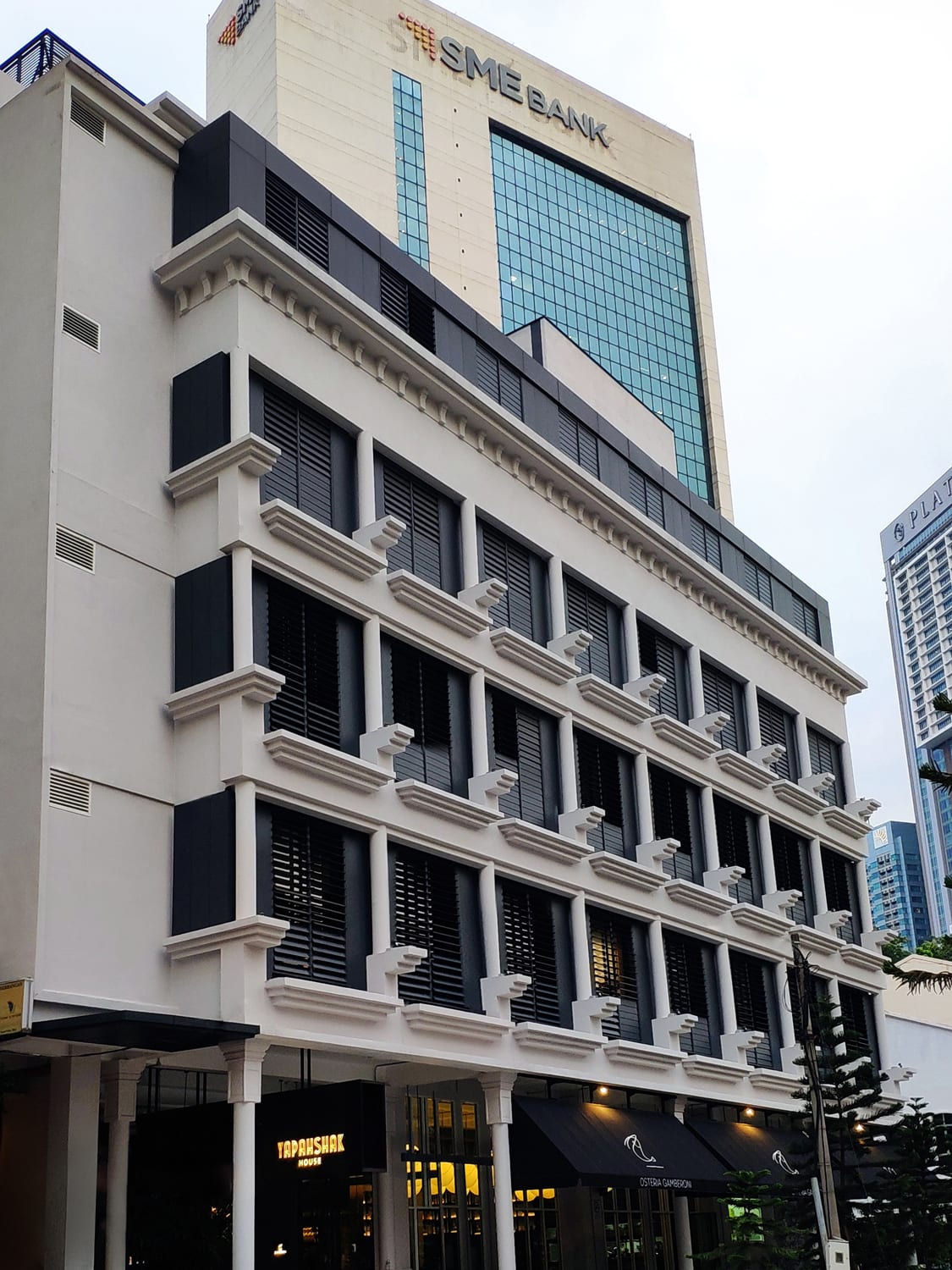
Award-winning studio Unit One Design (UOD) led the architectural and interiors aspect of the redevelopment, whose work Anton explains he has long enjoyed and admired. “UOD co-founder John Ding has outstanding attention to detail, and I suppose we are quite well matched in how obsessive-compulsive we can become when it comes to design details and symmetry,” said Anton. “Our design philosophy and preferences are also well aligned, so this helps a great deal when most good design outcomes in architecture and interior design tend to be a product of a good collaborative effort and common beliefs.”
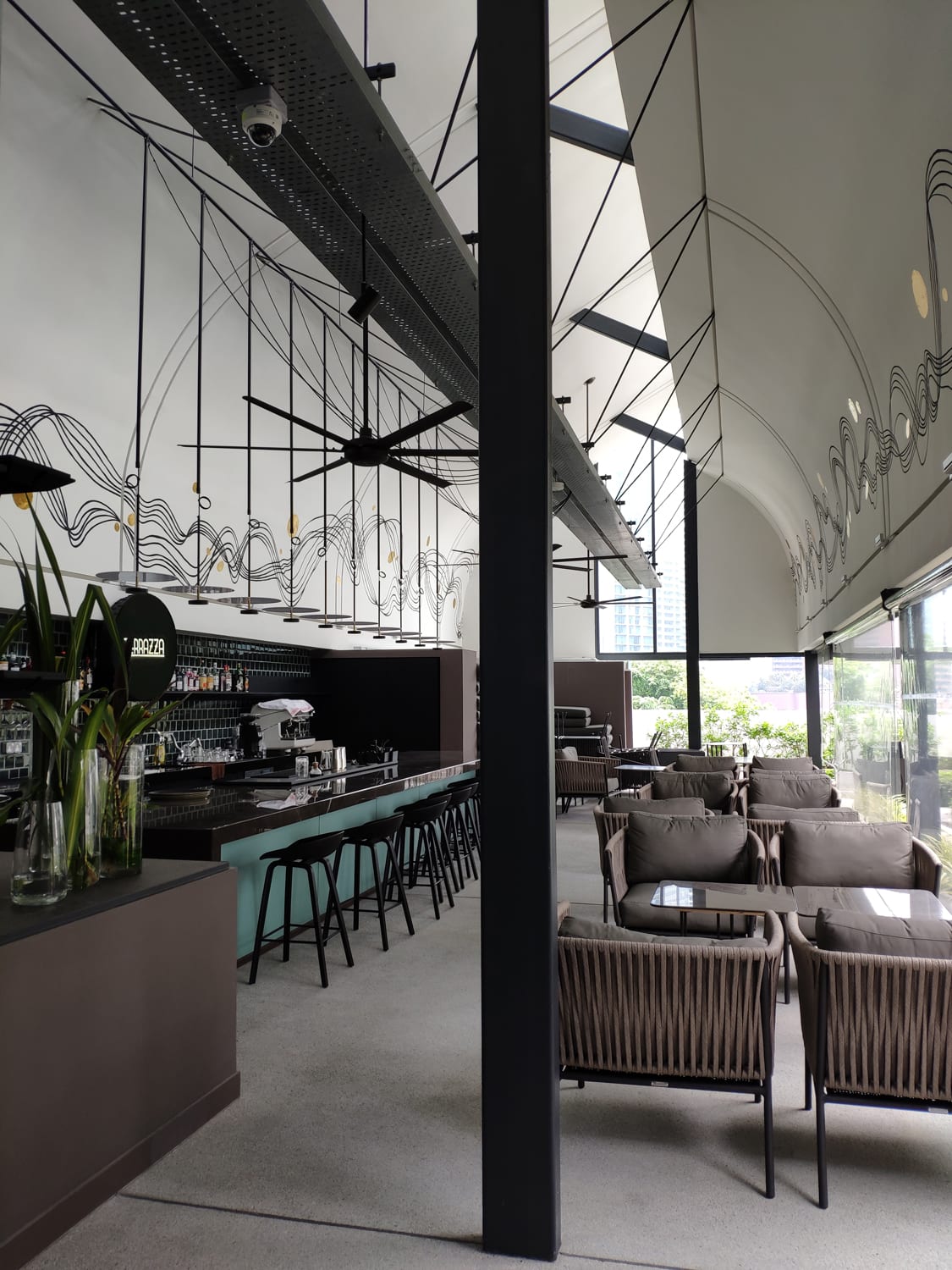
With the interiors, a decidedly modern approach was taken but with significant restraint and emphasis being placed on both exceptional detailing as well as timeless, original design. A muted colour palette that makes good use of and counterbalances the local timber herringbone cladding was commissioned to line the curved walls along the walkways, which lends a sense of both luxury and harmony.
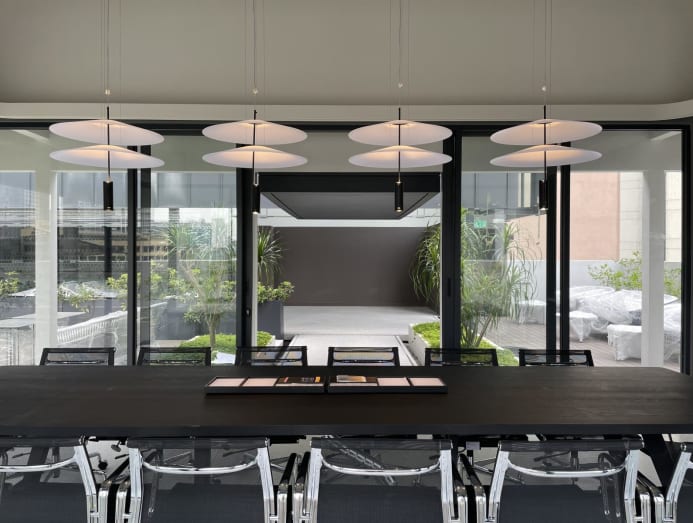

“A lot of the thoughtful detailing came courtesy of John at Unit One Design, together with celebrating original Southeast Asian art and sculpture where we could find suitable spaces for them,” said Anton. “We plumped for Eames office and side chairs in the meeting rooms and lounges for their classic silhouette and comfort, while in the private offices, the supremely comfortable and decidedly technical Humanscale Diffrient World chairs were the order of the day. We chose Ktribe pendant lamps by Philippe Starck in the end for all our meeting rooms since they provided the softer, more forgiving quality of lighting we wanted to have for these social spaces within the offices as well as a timeless form that unites both a classic shape with modern construction.”
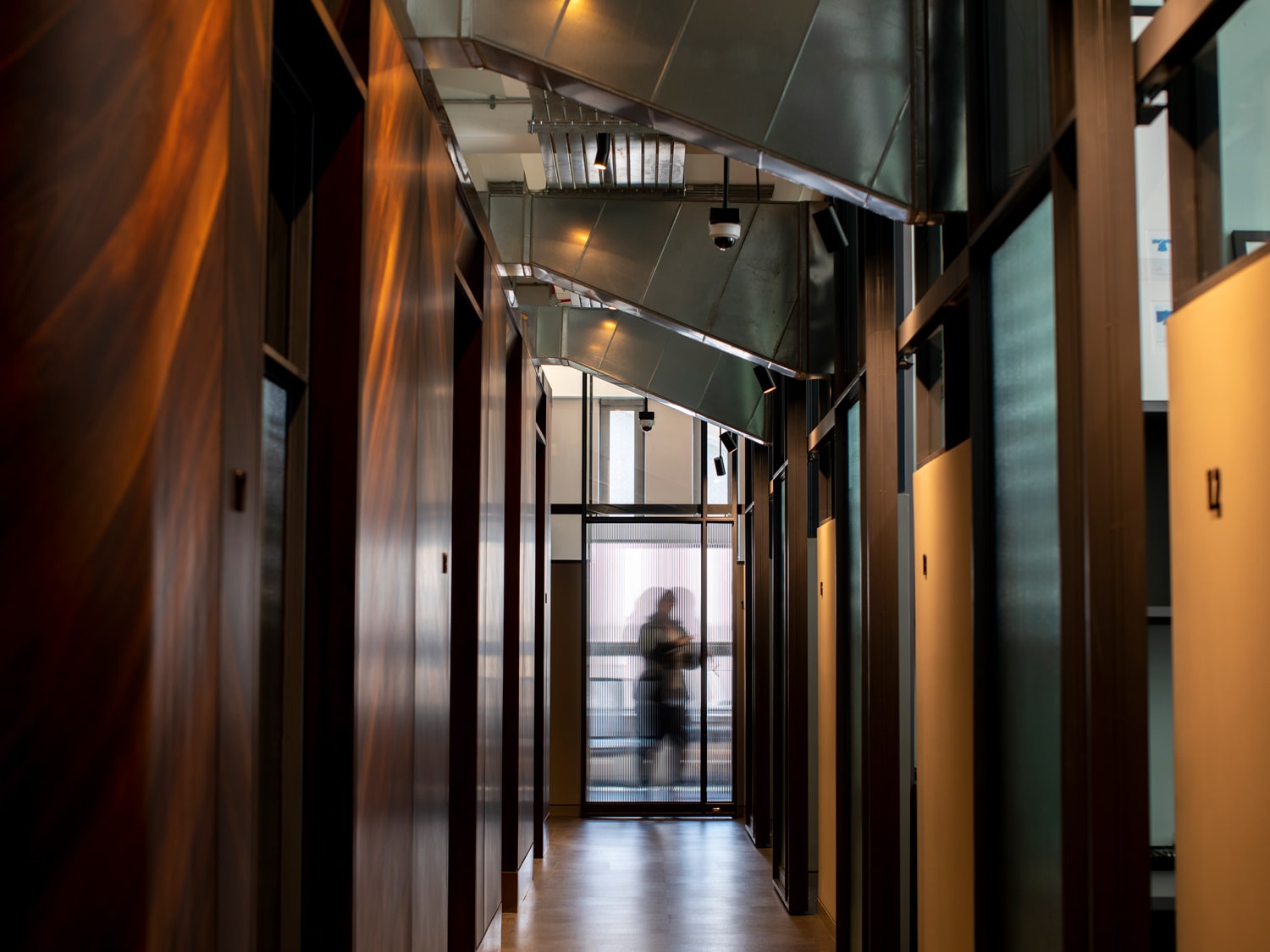
As one might expect from such an elegant setup, Yap Ah Shak House is geared towards a very selected set of clientele. “We’re best described as a complement to the other co-working and serviced office spaces in the city. We’re probably not the best solution for a tech or new media startup looking for a buzzy, youthful energy when they turn up to their shared workspace. What we have, I would say, better suits a professional services business, consultancies or those in a design-led discipline that is perhaps a little more serious, sometimes a lot older when it comes to the average age of their team and where quiet luxury and confidence are what their physical workspace needs to exude or project,” opined Anton.
